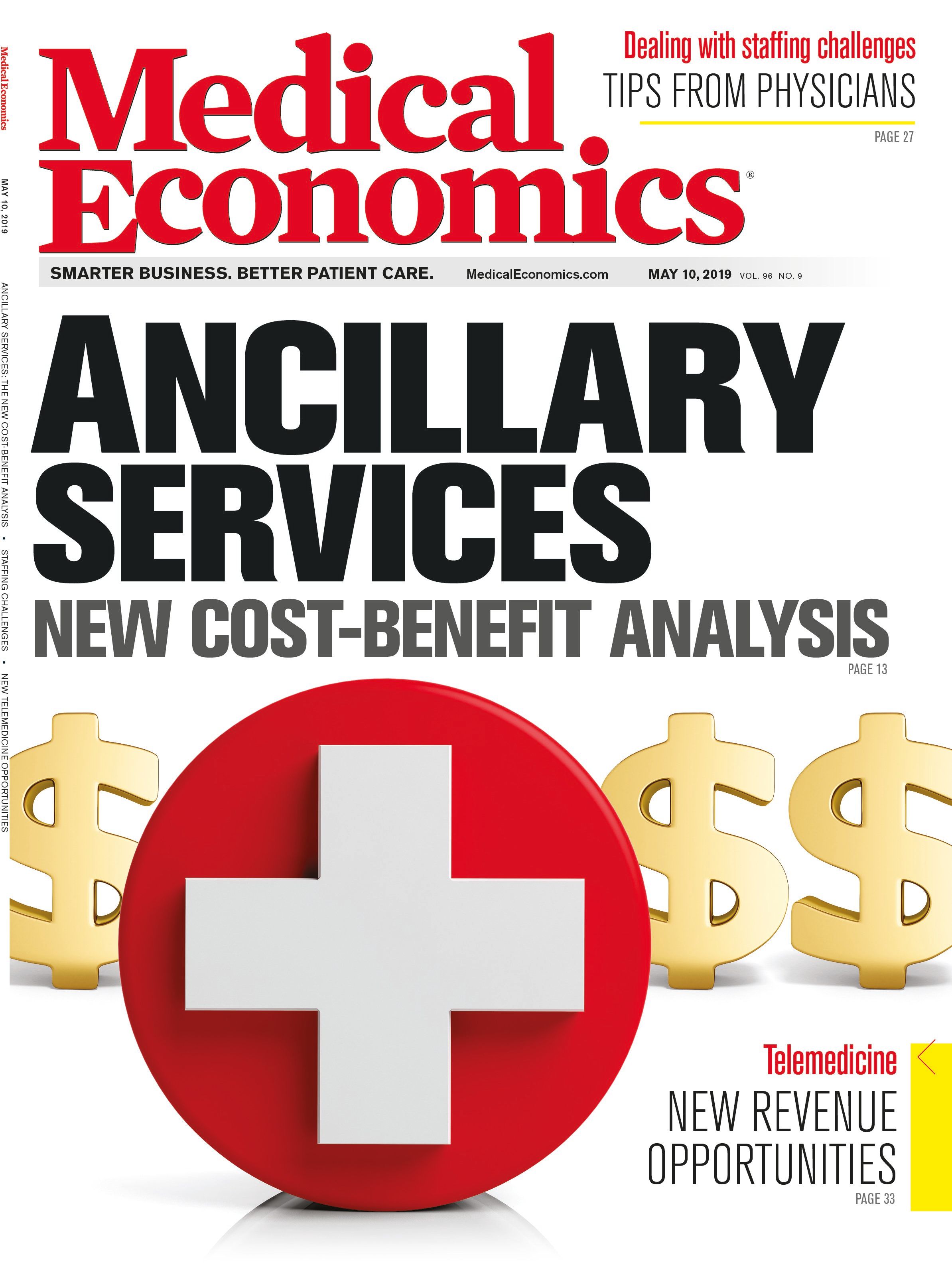- Revenue Cycle Management
- COVID-19
- Reimbursement
- Diabetes Awareness Month
- Risk Management
- Patient Retention
- Staffing
- Medical Economics® 100th Anniversary
- Coding and documentation
- Business of Endocrinology
- Telehealth
- Physicians Financial News
- Cybersecurity
- Cardiovascular Clinical Consult
- Locum Tenens, brought to you by LocumLife®
- Weight Management
- Business of Women's Health
- Practice Efficiency
- Finance and Wealth
- EHRs
- Remote Patient Monitoring
- Sponsored Webinars
- Medical Technology
- Billing and collections
- Acute Pain Management
- Exclusive Content
- Value-based Care
- Business of Pediatrics
- Concierge Medicine 2.0 by Castle Connolly Private Health Partners
- Practice Growth
- Concierge Medicine
- Business of Cardiology
- Implementing the Topcon Ocular Telehealth Platform
- Malpractice
- Influenza
- Sexual Health
- Chronic Conditions
- Technology
- Legal and Policy
- Money
- Opinion
- Vaccines
- Practice Management
- Patient Relations
- Careers
Importing prescription drugs for patients
Is it legal for physicians to import medication for poor patients?
©Dolly Right

Let’s say there’s a physician who is aware that some states, including his, have taken initiatives to import medications form Canada. But he can get the identical brand name drugs even cheaper from India. He intends to provide the drugs to his poorer patients at no charge, and his patients are eternally grateful.
One of these patients is so happy that he sends a letter to the local newspaper applauding the efforts of his physician. The article, written by a local reporter, is picked up by the national press and covered in the national news.
Three days later FDA agents show up at the doctor’s door threatening him with both civil and criminal penalties. What is the basis? He was only trying to save his patients money.
Did he do anything wrong?
Drug costs rise
What is clear is that prescription drug expenditures are one of the fastest growing segments of the United States healthcare system. Over the last several decades, prescription drug spending has increased dramatically, whereas other components of the healthcare system, such as hospital care and physician services, have risen less.
Several factors have led to this tremendous increase in expenditures.
First, prescription drug utilization per capita has grown dramatically because of the aging population. In addition, older, less-expensive drugs are being replaced by new, high-priced drugs. Finally, many manufacturers have increased the prices of drugs already on the market. With this increase in the cost of prescription prices, many consumers may be forced to choose between purchasing basic necessities and filling their required treatment prescriptions.
The reason prescription prices in the United States are, at times, more expensive than the prices for identical medications from other countries is clear: Costs in the United States costs remain high because of current patent protection coupled with the unregulated free market system.
The cost for these medications is governed by the laws of supply and demand. Since there is no price ceiling for many of the currently required drugs in the United States, (such as is in place in Canada), prices remain quite high. Thus, there is the inevitable desire to import the drugs from abroad where the cost of such pharmaceuticals may be less.
In all fairness, the pharmaceutical industry maintains that the reasons behind the high prices of American drugs are the cost of the research and development needed for new break-through drugs. In 1993, the pharmaceutical industry spent $12.7 billion on research and development. A decade later this figure more than doubled to over $33.2 billion. It continues to increase.
What the law says
With all this said, there is still a natural desire to get the same medications available to our patients from a cheaper source. Our doctor turned to India. Other physicians have looked to Canada, Europe and South America. Whatever the source, and despite his admirable intent, Dr. Rash’s actions are illegal.
FDA regulations prohibit the re-importation of exported prescription drugs manufactured in the United States by anyone but the actual U.S. manufacturer. In part, the justification for such laws lies with Congress’ intent to ensure the safety and efficacy of the prescription drugs.
The FDA cannot vouch for the safety of a product once it is sent to another country; it becomes out of the FDA’s control. There are both civil and criminal consequences for our example doctor if he continues this approach. He would be advised to discontinue his actions.
David J. Goldberg, MD, JD, is a dermatologist and healthcare attorney. Send your legal questions to: medec@ubm.com.

